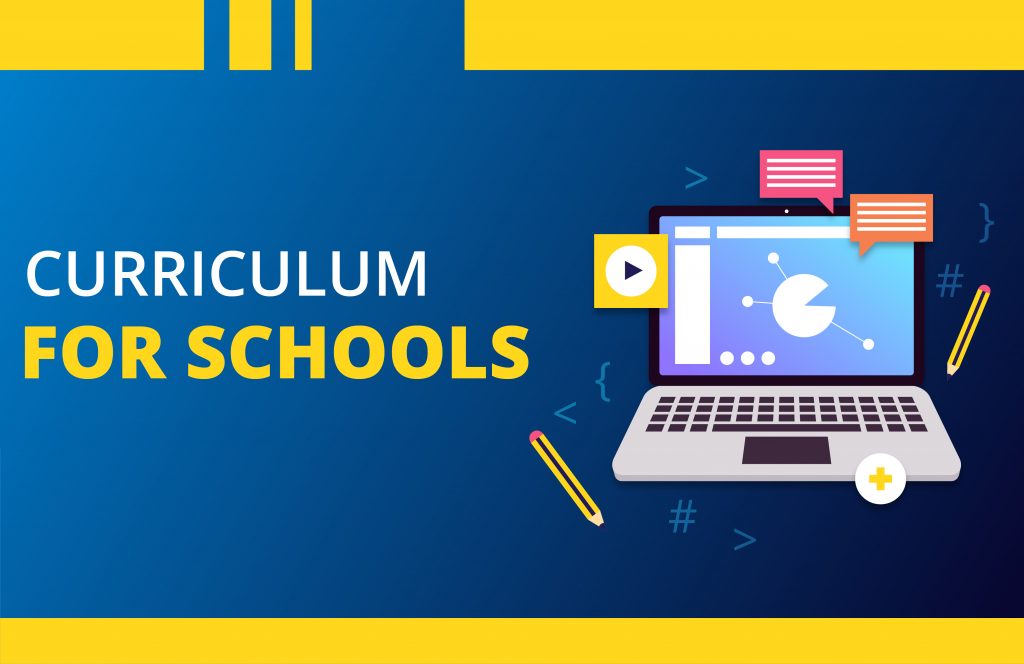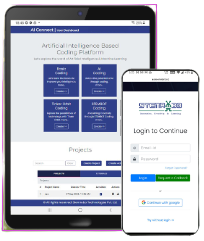Robotics Syllabus for School Students
A robotics syllabus for school students typically covers a range of topics to provide students with a comprehensive understanding of robotics concepts and principles. The syllabus may include the following components: Introduction to Robotics: An overview of robotics history, principles, and applications. Students learn about the basic components of robots, such as sensors, actuators, and controllers. Robotics Programming: Introduction to programming languages used in robotics, such as Block-based coding, Scratch, or Python. Students learn to program robots to perform various tasks and solve problems. Robotics Hardware: Understanding the hardware components of robots, including motors, sensors, and microcontrollers. Students learn how these components work together to make a robot move and perform tasks. Robotics Design: Principles of robotics design, including mechanical design, electronics, and software integration. Students learn to design and build their robots using kits or materials provided. Robotics Applications: Exploring real-world applications of robotics, such as in manufacturing, healthcare, and space exploration. Students learn about the impact of robotics on society and the ethical considerations involved. Robotics Challenges and Competitions: Participating in robotics challenges and competitions to apply the concepts learned in class. This hands-on experience allows students to test their skills and creativity in a competitive environment. Advanced Robotics Concepts: Advanced topics in robotics, such as artificial intelligence, machine learning, and autonomous navigation. Students learn about the latest developments in robotics and how they are shaping the future. Understanding the Educational Goals: Before developing a robotics syllabus for school students, it is essential to understand the educational goals you want to achieve. Consider the age group of the students, their prior knowledge of robotics, and the specific skills you want them to develop. Age-Appropriate Curriculum: A robotics syllabus for school students should be tailored to the age and grade level of the students. For younger students, focus on introducing basic concepts such as robotics components, simple programming concepts, and hands-on activities with robotics kits. For older students, you can introduce more advanced topics such as sensors, actuators, and advanced programming languages. Hands-On Learning Activities: One of the key aspects of a robotics syllabus for school students is hands-on learning activities. These activities should allow students to build and program robots, solve real-world problems, and work collaboratively with their peers. Consider using robotics kits that are designed for educational purposes and provide a wide range of activities and challenges. Integration with STEM Subjects : Robotics can be integrated into various STEM subjects such as mathematics, physics, and computer science. Your syllabus should include activities that demonstrate the application of robotics concepts in these subjects, helping students understand the real-world relevance of what they are learning. Project-Based Learning: Project-based learning is an effective way to engage students in robotics. Encourage students to work on projects that require them to design, build, and program robots to solve specific challenges. These projects should be open-ended and allow for creativity and innovation. Introduction to Programming: Programming is a fundamental skill in robotics. Your syllabus should include an introduction to programming concepts using a programming language suitable for the age group of the students. Start with basic concepts such as sequencing, loops, and conditional statements, and gradually progress to more advanced topics. Robotics Competitions: Participating in robotics competitions can be a motivating factor for students. Consider including information about local or national robotics competitions in your syllabus and encourage students to participate. These competitions can provide students with valuable hands-on experience and help them apply what they have learned in a real-world setting. Assessment and Evaluation: Assessment is an essential part of any curriculum. Consider including a mix of formative and summative assessments, such as quizzes, projects, and presentations, to evaluate students’ understanding of robotics concepts and their ability to apply them. Integration with Real-World Applications: Include activities in your robotics syllabus that demonstrate how robotics is used in the real world. This could include examples from industries such as manufacturing, healthcare, and agriculture, showing students the practical applications of robotics and inspiring them to think about how they could use robotics to solve real-world problems. Cross-Curricular Connections: Make connections between robotics and other subjects in the curriculum, such as literature, history, and art. For example, students could research and write about the history of robotics or create an artistic representation of a robot. This interdisciplinary approach can help students see the connections between different subjects and deepen their understanding of robotics. Guest Speakers and Field Trips: Invite guest speakers from the robotics industry or academia to speak to your students about their work and experiences. Organize field trips to robotics labs or companies to give students a firsthand look at how robotics is used in the real world. These experiences can be inspiring for students and help them see the possibilities that robotics offers. Professional Development for Teachers: Provide professional development opportunities for teachers to help them effectively implement the robotics syllabus. This could include workshops on robotics education, training on using robotics kits, and access to resources and curriculum materials. By supporting teachers, you can ensure that they are confident and competent in teaching robotics to students. Continuous Improvement and Feedback: Regularly review and evaluate your Robotics syllabus for school students based on feedback from students, teachers, and other stakeholders. Identify areas for improvement and update your syllabus accordingly to ensure that it remains relevant and effective. Collaboration and Teamwork: Emphasize the importance of collaboration and teamwork in robotics. Encourage students to work in teams on projects, assigning roles and responsibilities to each team member. This not only teaches students valuable teamwork skills but also prepares them for the collaborative nature of many robotics’ projects in the A well-designed robotics syllabus can be a valuable tool for engaging students in STEM education and preparing them for the future. By incorporating hands-on learning activities, real-world applications, and cross-curricular connections, you can create a robotics curriculum that inspires students to explore the exciting world of robotics and develop the skills they need to succeed in the 21st century Skills. Developing a robotics syllabus
Robotics Syllabus for School Students Read More »





